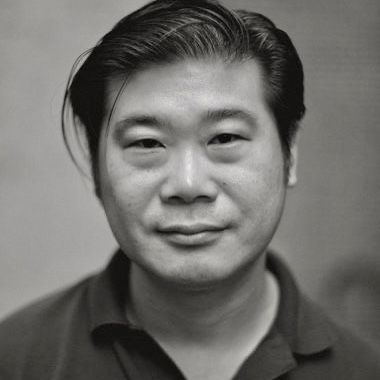Creative Friction
There's a pattern that I've seen show up again and again in pretty much any creative process—whether it's in startups, education, or my own collaborative work—which can be somewhat counter-intuitive.
That, when you hit a point of friction, you need to keep pushing even harder, almost as if you're trying to drive through a wall.
The reason for this isn't that you're attempting to brute force your way through the wall, it's that the willingness to consider that there's even a path forward will take you through an experience that will help you find a way around it.
My friend Jon Kolko wrote about this years ago in his essay: Simplicity on the other side of complexity:
The place you land on the right—the simplicity on the other side of complexity—is often super obvious in retrospect. That's sort of the point: it's made obvious to others because you did the heavy lifting of getting through the mess.
I saw it come up again in this wonderful Actors on Actors dialogue between Sandra Oh and Kerry Washington.
Sandra says:
“I feel like, when I look back, because it’s been six years now since I left ‘Grey’s,’ I feel like one of my biggest successes, for me, was I don’t feel I gave up,” Oh said. “We did 22 episodes, but in the early years, it was 24. It was crazy. Then you have to kind of pick your moments of where you can lay off the gas pedal, because it is such a slog. There would be scenes that I would just go, I don’t know, 10 rounds on, and I know I was difficult. And I really respect all the writers there who rode it out with me.”
“What does that mean, you would go 10 rounds?” Washington asked.
“I would go 10 rounds in saying, ‘It’s not right,'” Oh said. “You’ve got to do different levels with the writer, and then you bump it up and you eventually get to [Shonda]. You’ve got to bother her. When it felt like such an impasse, we would both be digging in our heels hugely. But just the friction itself, a lot of times a third thing would come out, and it would not be in my sight of consciousness at all; it would take that pushing against someone equally as strong. I started to learn how to trust that.”
This is one of the hardest things to do because it requires a tremendous amount of trust and faith between collaborators. You have to both understand that the pushing and the relentlessness isn't coming from a place of dominance or stubborness, but hope that another idea, option, or direction will emerge.
And the pushing is such a necessary aspect of the process because you can't achieve the same outcome alone, it'd be like trying to push a string.
Unfortunately, like most things in life, just being willing to dig in isn't a guarantee of a successful outcome. And so, to make this a repeatable process, you need to have fostered a true partnership—one that can not only sustain that friction, as Sandra calls it, but one that can survive it even when it fails to produce a better option.
